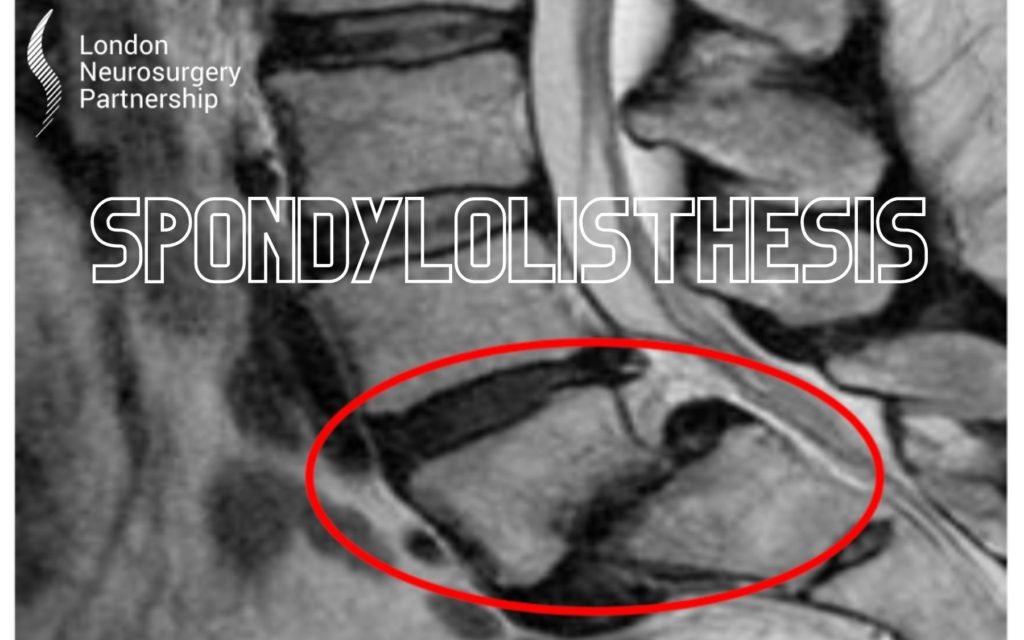
Many of our patients are diagnosed with spondylolisthesis, but they have no idea what it is. Today Mr Irfan Malik, one of the London Neurosurgery Partnership’s Complex Spine surgeons, is going to help explain what spondylolisthesis really means, the symptoms it causes and how we can treat it.
Spondylolisthesis is simply when a bone in the spine (vertebra) slips out of place, usually forwards relative the one below it. There is often a misconception that spondylolisthesis relates to or is a slipped disc, this is not true. A slipped disc is a rupture of the spinal disc between the vertebrae.
There are five major types of spondylolisthesis which are:
- Dysplastic spondylolisthesis – a congenital defect where part of the vertebra called the facet causes it to slip forward.
- Isthmic spondylolisthesis – a defect in the vertebra which can cause it to slip
- Degenerative spondylolisthesis – due to ageing and arthritic changes in the joints
- Traumatic spondylolisthesis – a sudden injury or trauma such as fracture to the spine
- Pathologic spondylolisthesis – a weakness in the spine, possibly caused by a tumour or disease
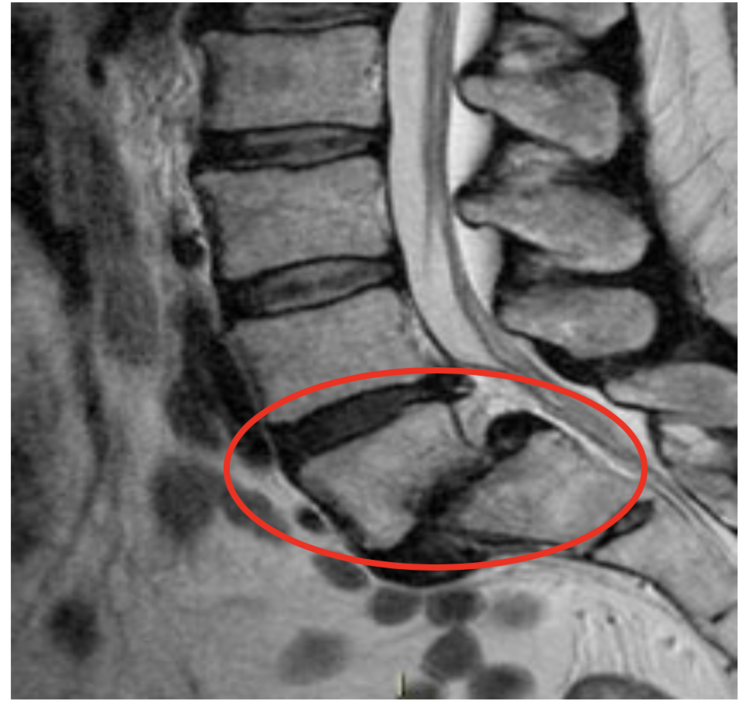
So, what are the typical causes of spondylolisthesis?
Well, the causes do vary, some people are born with a defective vertebra and if no symptoms, it may not be identified until later in life. Other causes are more identifiable such as:
- Sports injury such as gymnastics
- Degeneration (ageing or overuse)
- Tumour or illness
- Sudden injury or trauma
- Birth defect
- Surgery
Spondylolisthesis can carry quite common symptoms and which is why many people do not realise they have this condition. Although some people do not have any symptoms, here are the symptoms you may notice:
- Lower back pain
- Pain and/or weakness in one or both legs or thighs
- A tingling sensation that radiates from lower back down to the legs.
- Tenderness or stiffness in the back
- Tight hamstring and buttock muscles
- Excessive curving of the spine known as lordosis
- Difficulty walking or running
- Treatments and surgical options
There are many ways to treat spondylolisthesis. Initial treatment could be simply avoiding back straining activities such as lifting, bending or sports, this can give your back a chance to get back to normal. If that does not work or show much progress when an introduction of anti-inflammatory painkillers such as Ibuprofen or stronger may be required to help reduce the pain and inflammation.
If the above is of no use or not proactive enough then your doctor may recommend some physiotherapy, stretching out those hamstring and the lower back may really help strengthen and increase the motion in the back.
Another non-surgical method is corticosteroid injections. This will be used for patients who are suffering from symptoms of numbness, pain and tingling. The injection will be placed around the compressed nerve and into the spinal canal.
Surgery is the last resort. If the above non-surgical treatments are ineffective and the patient is still suffering with symptoms or the spondylolisthesis is severe and persistent, then your doctor may take you down this route. Another reason for surgical intervention would be because of a trauma like spinal damage.
Depending on what type of spondylolisthesis the patient has will decipher which surgical procedure is needed. Usually a decompression (laminectomy) and a spinal fusion with pedicle screw instrumentation is needed. This can be discussed in detail with your doctor as the surgery will be tailored to you.
This article is intended to inform and give insight but not treat, diagnose or replace the advice of a doctor. Always seek medical advice with any questions regarding a medical condition.
Back to spinal conditions.


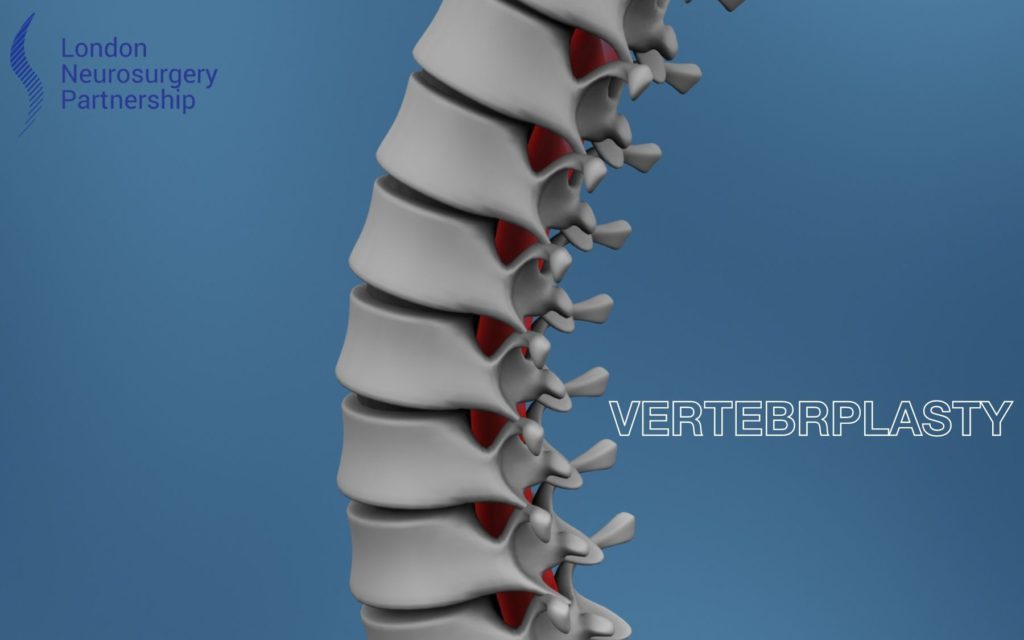
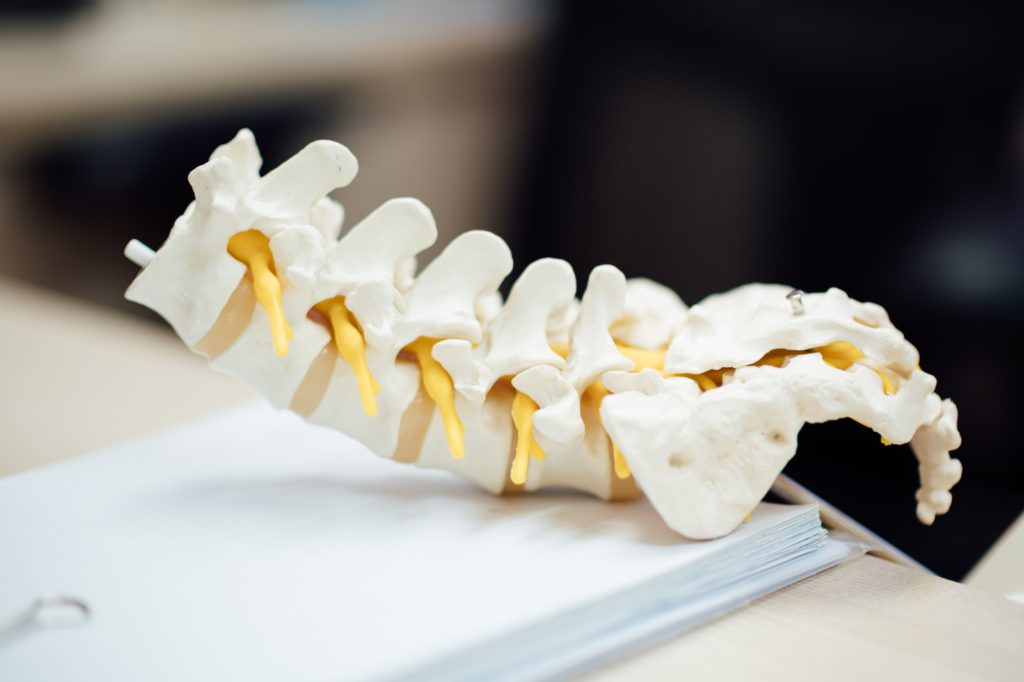
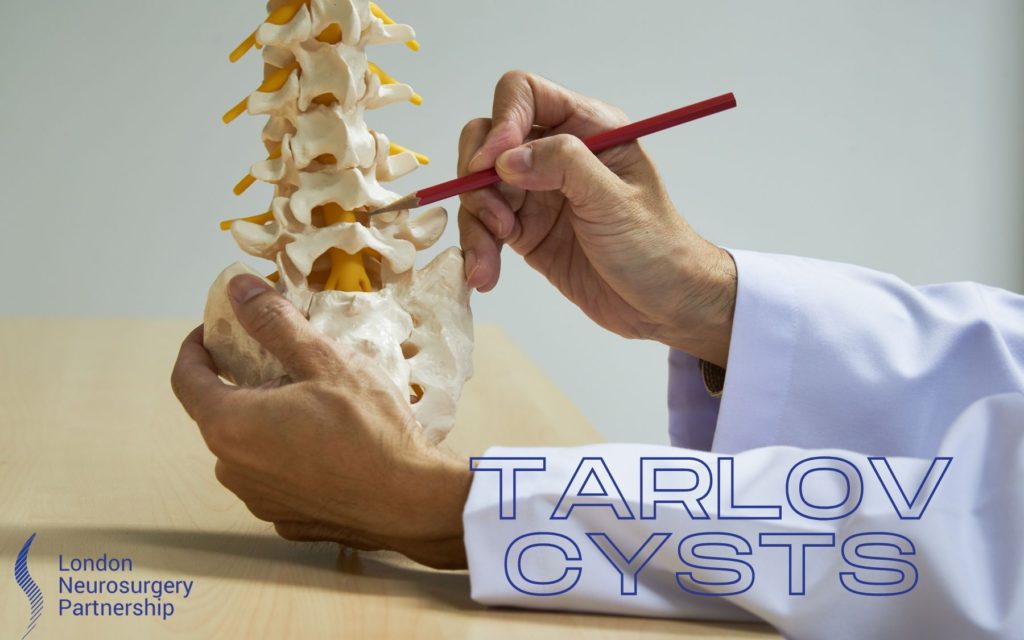
0 Comments